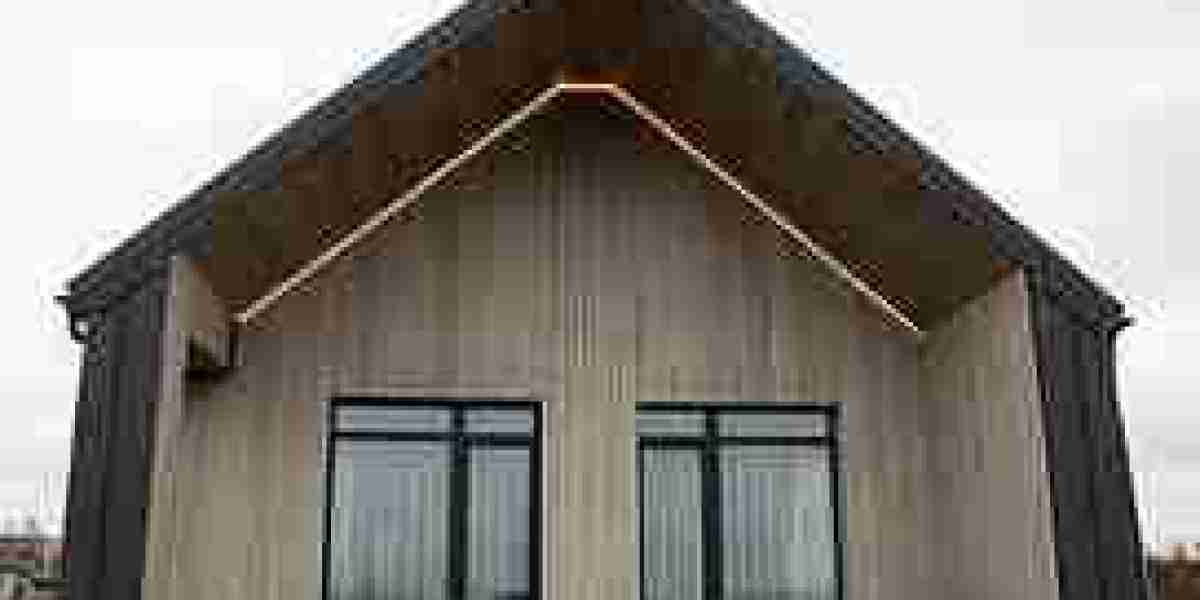For centuries, Japan has been at the vanguard of these architectural innovations: beauty and utility in the same space forged to last in time. One such technique that has endured through time is burnt timber cladding, or Shou Sugi Ban, or Yakisugi, which is a traditional Japanese method for dealing with wood preservation by burning. An ancient practice today that not only makes wood very loyal to attack but also serves as an eye-catching aesthetic for modern architecture reminds us of the history and process of burnt timber cladding and why this remains so popular today.
The History of Shou Sugi Ban
It is believed that Shou Sugi Ban originated during the period of in Japan, where its application was mostly directed at coastal homes and temples. The technique was originally invented as a fire resistance, pest deterrent, and durability improvement measure. After charred wood surfaces, Japanese builders found out, made wood more resistant to moisture and decay, as well as to insects-all these factors are very important because of the humid climate in Japan.
Traditionally, this process was used on cedar (Sugi wood), as it is quite resinous in nature, which is also useful for making charred surfaces smoother. Its application over the years spread out of Japan and is nowadays widely embraced by modern architects and designers worldwide for the wonderful combination of resiliency and aesthetics.
The Process of Burnt Timber Cladding
The process of creating burnt timber cladding is very meticulous and has several important stages for durability and aesthetic consideration:
1. Selecting Wood
While cedar is the most popular option, most of the other softwoods: **pine, fir, spruce** can also be used. The main thing is to choose the wood type that can withstand the charring process, developing a protective carbon cover.
2. Charring of the Wood
The wood is subjected to an open flame with controlled burning. Traditionally, Japanese craftspeople used to arrange three planks into a small triangular tube and built a small fire inside, allowing flames to char the wood surface evenly from every side. Nowadays, most of the charring can be done by employments of **blowtorches or specialized ovens.
3. Brushing and Cleaning
When the wood is sufficiently charred, the burnt surface is brushed, and soot and loose char are removed. The degree of brushing determines the final texture and appearance—a light brush retains a dark blackened look; heavier brushing reveals the wood grain beneath it.
4. Oiling and Sealing
Treating the wood with natural oils, such as tung or linseed oil increases longevity as well as aesthetic appeal. This step locks the charred finish while providing additional protection against moisture and UV exposure.
The Modern Appeal of Burnt Timber Cladding
Burnt timber cladding is now synonymous with **sustainability, durability,** and a unique appearance that came creeping into modern architecture and modern interior design. A few benefits include:
- Natural Fire Resistance – With the charring process giving it a covered surface, burnt timber cladding enhances fire resistance since it is less combustible than other forms of timber.
- Resistance to Insects and Rot – The carbonization prevents termites, molds, and fungi, thus, increases the life of timber.
- Low Maintenance – Unlike untreated wood, burnt timber cladding needs very little maintenance and lasts for decades.
- Aesthetic Versatility – Comes in a variety of textures and finishes, matched to both formal and informal styles. Burnt timber will complete the picture.
Conclusion
In fact, it is testimony to the fact that, beyond wood preservation, there is wisdom in **Japanese craftsmanship** that endures even today. Burnt timber cladding still marks the line of architectural trend all over the world today, where "old" history mixes with new innovation. Whether applied to exterior facades, interior walls, or furniture, this method provides a very beautiful and sustainable way of doing things to those who appreciate the intersection of nature and design.
If you're planning on adding burnt timber cladding to your upcoming project, then enjoy the elegance and strength of Shou Sugi Ban, as even the ages-old tradition remains as solid today.






